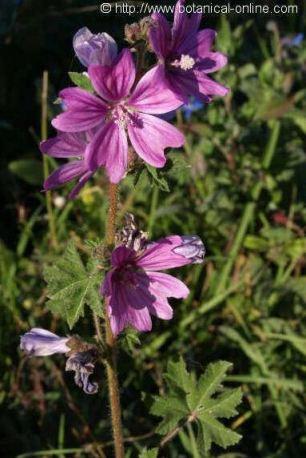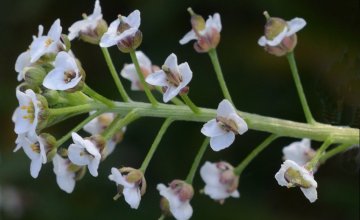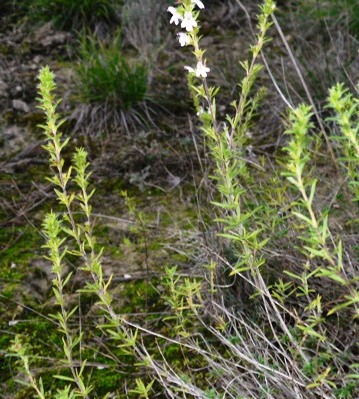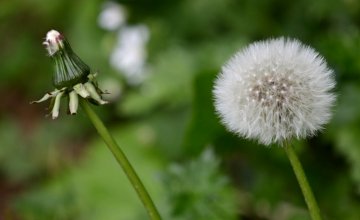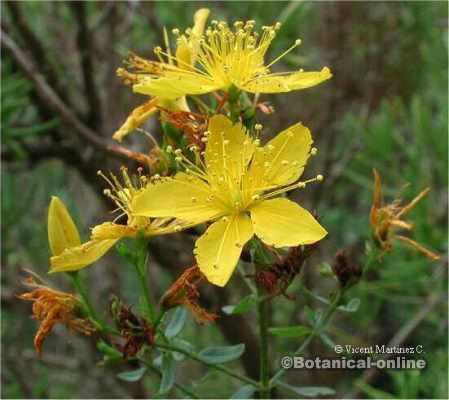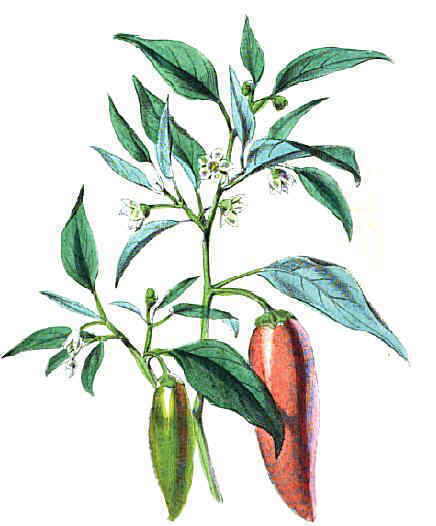Contents
- 1 Beneficios de cocinar con hierbas aromáticas
- 1.1 Benefits of cooking with aromatic herbs and spices
- 1.2 Aromatic plants are a great source of health
- 1.3 Aromatic herbs can be used as a resource for inspiration
- 1.4 Benefits of cooking with aromatic plants
- 1.5 What nutrients do aromatic herbs provide?
- 1.6 Types of aromatic herbs
- 1.7 Dried aromatic herbs
- 1.8 How to use aromatic herbs?
- 1.9 Do aromatic plants only add flavor to dishes?
Beneficios de cocinar con hierbas aromáticas
Benefits of cooking with aromatic herbs and spices
To eat well, food must smell and taste good. Digestion begins in the mouth and, although it
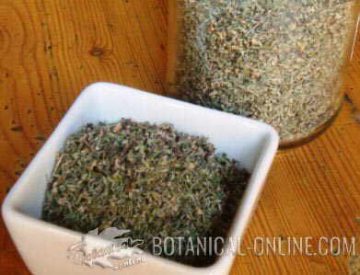
may not seem like it, especially through the nose and eyes. Scientifically this is known as the “cephalic phase of digestion” and describes the fact that the digestive organs start producing secretions long before we eat. Culinary herbs increase the natural flavor and smell of food, which helps to whet the appetite by increasing the production of digestive secretions, both in the mouth and in different organs of the digestive system.
Turmeric, for example, has been used since ancient times as a medicinal plant, as a vegetable colouring and as a seasoning. It contains curcumin which stimulates the bile ducts by increasing the secretion of bile, a yellowish-green liquid produced by the liver that is stored in the gallbladder and whose function is to digest fats. A little turmeric in a meal will help digest food better, especially for those with lazy stomachs.
Aromatic plants are a great source of health
In addition to whet our appetite and make us enjoy meals, the herbs used in the kitchen provide their medicinal principles, constituting natural remedies to maintain or improve our health.
For example, chive (Allium schoenoprasum) provides a softer touch than onion but it represents a true natural medicine because it’s a kind of garlic. It favors digestion, by stimulating the liver, gallbladder and pancreas. Due to its antibiotic properties it helps to maintain a good condition of the respiratory system (flu, bronchitis, pharyngitis, etc.), digestive system (intestinal putrefaction, diarrhea, etc…) or excretory system (kidney infections, cystitis, etc.). A salad of lettuce, tomato and a good portion of chives will constitute a good food combination.
Cardamom, cilantro, fennel or bay leaf, besides being appetizers, are good carminative remedies, ideal for eliminating flatulence. But, in addition, most of them have many more medicinal properties. Fennel, for example, helps lower cholesterol, promotes the elimination of body fluids, deflates the belly or stimulates milk production in lactating mothers. Who can resist adding a few sprigs of fennel to a fish soup or roast potatoes?
Aromatic herbs can be used as a resource for inspiration
The use of culinary herbs turns a modest kitchen assistant into a great chef. Aromatic herbs or spices dignify dishes when the right ingredients are used. Knowing which herbs to use for each dish is a task that requires experience but is not at odds with inspiration. Researching the use of aromatic plants is a good way to discover new combinations that will allow us to enjoy our role as cooks or gourmets.
Benefits of cooking with aromatic plants
The use of aromatic herbs in food not only adds flavor, but these ingredients have great nutritional and medicinal potential to improve health. For this reason, it is often said that aromatic herbs are “the phytotherapy hidden in the pantry”.
Despite their properties, aromatic herbs do not appear in any food pyramid or nutritional guide, being a very interesting component of the diet to improve health.
What nutrients do aromatic herbs provide?
Aromatic herbs are the phytotherapy hidden in the pantry, since they provide many phytochemicals, bioactive components, with powerful properties to improve or restore health. Also, no less important, they are cheap and affordable ingredients in all kitchens around the world.
Not only do they have healthy properties due to their phytochemical content, but they are highly nutritious due to the high content of potassium, calcium and antioxidants that these ingredients have. A lack of potassium in the diet has been linked to the epidemic of hypertension in societies today.
Types of aromatic herbs
Aromatic herbs can be tender (fresh) or dried.
Fresh aromatic herbs are those that have been recently picked from our garden or have been purchased directly from the supermarket. Some aromatic herbs can only be used when they are fresh, regardless of whether their fruits or seeds are eaten dry. Thus, culinary herbs such as chives, parsley, coriander or chervil are only used when they are fresh. Coriander seeds, however, are used
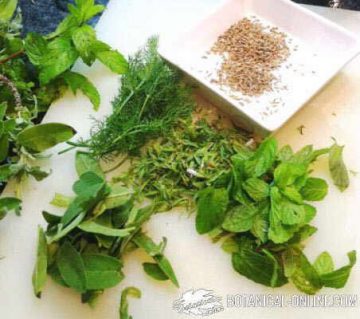
dry in the sausage industry.
Fresh herbs have milder aromas and a more delicate flavor than dried ones. Unfortunately, they can only be used for a limited period of time, since most of them expire and are not available throughout the year, although they can be frozen and thawed when necessary.
Dried aromatic herbs
Dried aromatic herbs are those that have undergone a drying process. Drying produces a concentration of active ingredients and increases their flavor. Among the typical aromatic plants that are used dried we have the laurel. Other herbs that can be used tender or dried are rosemary, thyme, sage, marjoram or savory.
How to use aromatic herbs?
It is important to bear in mind that, if we use tender herbs, they should be reliable. They should be free of contaminants, so it is dangerous to collect them from roadsides or next to crop fields. The aromatic plants bought in supermarkets should have the guarantee seal that they come from organic crops, free of pesticides. It has been observed that pesticides have a very high absorption in spices, for example in chili, because they are absorbed by the same metabolic pathway. Therefore, it is very interesting to buy aromatic herbs without pesticides.
Do aromatic plants only add flavor to dishes?
Aromatic plants have a high concentration of nutrients that are not found in any other food. For example, they are the foods richest in potassium and calcium. They also reduce sodium intake (they enhance the salty taste and avoid using a lot of salt) and some aromatic herbs and spices are immensely rich in certain vitamins.
* Related information: Properties of aromatic plants in the kitchen
![]() More information on aromatic plants and spices
More information on aromatic plants and spices

